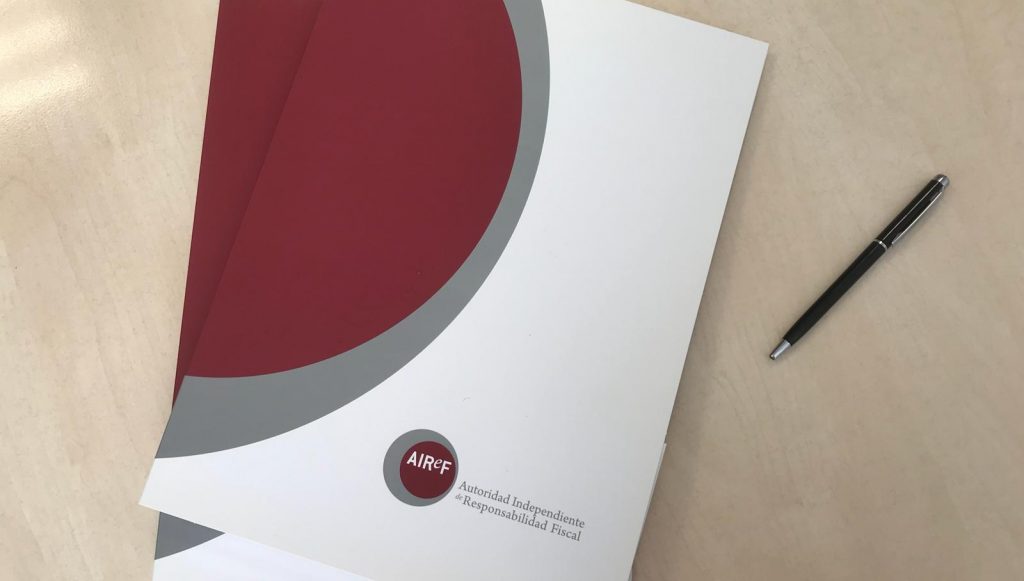The quarter-on-quarter estimate for the first quarter of 2022 is reduced to 0.9%, implying a year-on-year rate of 7%
The Independent Authority for Fiscal Responsibility (AIReF) has added a new indicator to its MIPred forecasting model with the aim of maximising the use of data to reduce the delay in the availability of information for economic analysis. Specifically, AIReF has incorporated daily sales, adjusted to a monthly basis, deflated and seasonally- and calendar-adjusted from the Tax Agency.
Since the end of 2021, the Tax Agency has published daily data on the level and evolution of domestic sales made by companies included in the VAT Immediate Supply of Information (SII) system. In addition, since the beginning of 2022, the Agency has published these daily series with a certain historical perspective, since 1 July 2017, once seasonally- and calendar- (working-day) adjusted (SWDA). Since February, this publication also includes the deflated SWDA series adjusted to a monthly basis.
The rapid availability and wide coverage of information from the SII makes its use particularly helpful for detecting in advance the impact of sudden changes in economic activity such as those recorded over recent years.
From now on, and coinciding with the successive publications made by the Tax Agency on total domestic sales adjusted to a monthly basis, SWDA and deflated, AIReF will incorporate into its model a projection of the total sales of large companies consistent with the observed data of the SII. This means having a forecast for this indicator three weeks in advance and incorporating this data into the GDP estimate in the MIPred model.
As a result of this model, the estimate of the year-on-year rate of change in total sales for March would amount to 4.9% year-on-year, from 8.8% in February. This is a negative surprise that is carried over to MIPred’s estimate for the first quarter of 2022, which is reduced to 0.9%. This figure would correspond to a year-on-year rate for the quarter of 7%, placing the level of activity 2.9 percentage points below that corresponding to the fourth quarter of 2019.
AIReF has prepared a methodological note detailing the methodology and reason behind the change, which also affects the MIPred publication schedule.







